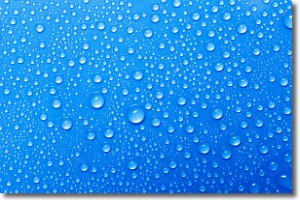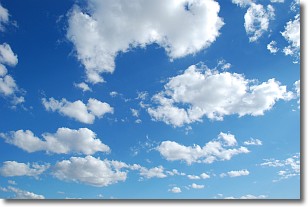Weather Alert in Virginia
Flood Watch issued July 14 at 2:32PM EDT until July 15 at 6:00AM EDT by NWS Wakefield VA
AREAS AFFECTED: Fluvanna; Prince Edward; Cumberland; Goochland; Caroline; Mecklenburg; Lunenburg; Nottoway; Amelia; Powhatan; Westmoreland; Richmond; Brunswick; Dinwiddie; Prince George; Charles City; New Kent; Greensville; Sussex; Western Louisa; Eastern Louisa; Western Hanover; Eastern Hanover; Western Chesterfield; Eastern Chesterfield (Including Col. Heights); Western Henrico (Including the City of Richmond); Eastern Henrico; Western King William; Eastern King William; Western King and Queen; Eastern King and Queen; Western Essex; Eastern Essex
DESCRIPTION: * WHAT...Flooding caused by excessive rainfall continues to be possible. * WHERE...Portions of central, east central, north central, south central, and southeast Virginia, including the following areas, in central Virginia, Amelia, Cumberland, Eastern Chesterfield (Including Col. Heights), Eastern Hanover, Eastern Henrico, Eastern Louisa, Fluvanna, Goochland, Powhatan, Prince Edward, Western Chesterfield, Western Hanover, Western Henrico (Including the City of Richmond) and Western Louisa. In east central Virginia, Charles City, Eastern Essex, Eastern King William, Eastern King and Queen, New Kent, Richmond, Western Essex, Western King William, Western King and Queen and Westmoreland. In north central Virginia, Caroline. In south central Virginia, Brunswick, Dinwiddie, Lunenburg, Mecklenburg, Nottoway and Prince George (including Hopewell and Petersburg). In southeast Virginia, Greensville and Sussex. * WHEN...Through late tonight. * IMPACTS...Excessive runoff may result in flooding of rivers, creeks, streams, and other low-lying and flood-prone locations. Creeks and streams may rise out of their banks. Flooding may occur in poor drainage and urban areas. Low-water crossings may be flooded. Storm drains and ditches may become clogged with debris. * ADDITIONAL DETAILS... - 2 to 4 inches of rain has fallen across portions of the watch area over the past 48 hours, with the ground already very saturated from rainfall over the past week. Additional slow- moving showers and storms will be possible this evening into tonight, which could produce an additional 2-3" of rain and could result in further instances of flash-flooding. - http://www.weather.gov/safety/flood
INSTRUCTION: You should monitor later forecasts and be alert for possible Flood Warnings. Those living in areas prone to flooding should be prepared to take action should flooding develop.
Want more detail? Get the Complete 7 Day and Night Detailed Forecast!
Current U.S. National Radar--Current
The Current National Weather Radar is shown below with a UTC Time (subtract 5 hours from UTC to get Eastern Time).

National Weather Forecast--Current
The Current National Weather Forecast and National Weather Map are shown below.

National Weather Forecast for Tomorrow
Tomorrow National Weather Forecast and Tomorrow National Weather Map are show below.

North America Water Vapor (Moisture)
This map shows recent moisture content over North America. Bright and colored areas show high moisture (ie, clouds); brown indicates very little moisture present; black indicates no moisture.

Weather Topic: What is Condensation?
Home - Education - Precipitation - Condensation
 Next Topic: Contrails
Next Topic: Contrails
Condensation is the process which creates clouds, and therefore
it is a crucial process in the water cycle.
Condensation is the change of matter from a state of gas into a state of liquid,
and it happens because water molecules release heat into the atmosphere and
become organized into a more closely packed structure, what we might see as
water droplets.
Water is always present in the air around us as a vapor, but it's too small for
us to see. When water undergoes the process of condensation it becomes organized
into visible water droplets. You've probably seen condensation happen before on the
surface of a cold drink!
Next Topic: Contrails
Weather Topic: What are Cumulonimbus Clouds?
Home - Education - Cloud Types - Cumulonimbus Clouds
 Next Topic: Cumulus Clouds
Next Topic: Cumulus Clouds
The final form taken by a growing cumulus cloud is the
cumulonimbus cloud, which is very tall and dense.
The tower of a cumulonimbus cloud can soar 23 km into the atmosphere, although
most commonly they stop growing at an altitude of 6 km.
Even small cumulonimbus clouds appear very large in comparison to other cloud types.
They can signal the approach of stormy weather, such as thunderstorms or blizzards.
Next Topic: Cumulus Clouds
Current conditions powered by WeatherAPI.com




